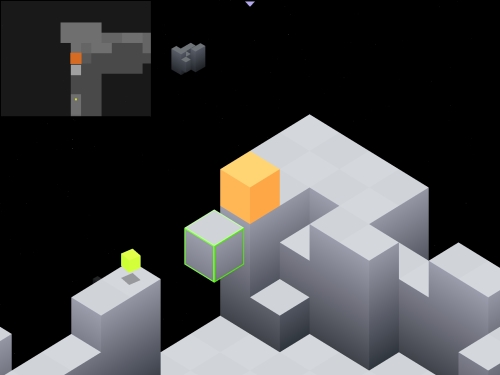Platform games or platformers are classics of the video games industry. In the early 1980s, when they first appeared in the market, they became the tiny bridge from symbolic primitive arcades to more graphical and realistic storytelling, introducing more freedom for players. They were not locked in one static screen anymore. Game worlds became larger and gave players plenty more adventure experiences. The heightened pictorial look of the characters increased players' empathy toward their avatars, generating greater feelings of exciting.
Outstanding platform games are a mix of principles from board games and puzzles, which is why the gameplay is so rich and diverse. In online board games, players move their game piece on a specially designed game board consisting of blocks, which form the platforms; there are normal game blocks, bonus ones, and of course, pitfalls. Pitfalls are either enemies of various forms or pits where a game piece can easily fall through, losing position. The following is an example of a game that is a mix of principles from board games and puzzles:

A specific rule defines how a player can overcome an opponent or any other type of obstacle; the player may use special weapons or fight using jumps or ram. All these features are taken from boards game; nevertheless, puzzles also add some nontrivial game mechanics.
Game levels imply a few ways to complete them. A player can use different types of strategies, and as a rule, a more advanced approach is rewarded with a more powerful bonus. The game may also include a system of triggers that transform some elements of the game board; for instance, they turn on lifts, open gates, and lock enemies. Sometimes, there are special game blocks that allow the player to reach certain sections of the scene so that the player can move ahead on the game board, solving various forms of direct and collateral puzzles.
Because the game is dynamic, all decisions and actions have direct and instantaneous impact on a situation. To motivate players to act carefully and to add some suspense, special-level design, inspired by scaffolding and other forms of high constructions that exploit a head of heights, is used.

Thus, platformers are about the right balance. The schematic image of the gameplay is a color square that always checks if there is reliable footing underneath, otherwise it falls down. It is interesting that such a minimalistic concept with the symbolic representation of game elements can be used for a real product. A good example of this is the award-winning game Edge by Mobigame (http://www.mobigame.net/).
It lets the player control a cube in a world constructed from three-dimensional blocks. There are no graphic illustrations, textures, or any other form of ornamentation in the game, only basic shades to create an image of a shape and few signal colors. And that perfectly works and the game is very addictive!
But of course, once there is a strong role model, the pictorial look of platform games is more habitual for audience. The legendary Super Mario Bros. by Nintendo, presented in 1985, was a game that apparently was developed for ages. It was not the very first platformer game; moreover, it was not the first game about the adventures of Mario and his brother, but its principles and conception soon became canonical: an attractive character, cozy scenery, vivid enemies, and fast gameplay. Since then, platformers have been trying to match those standards.
